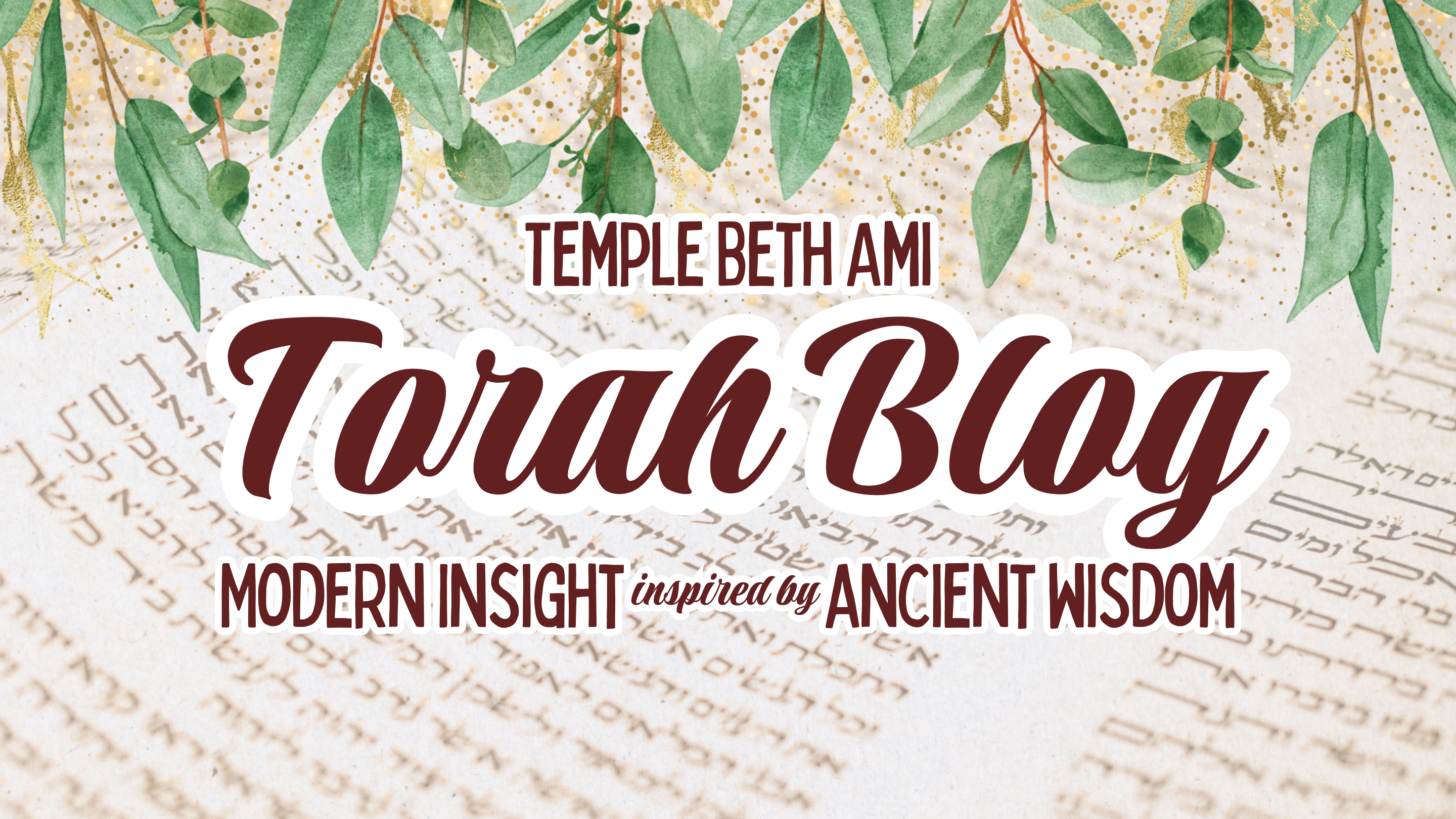







By Rabbi Baht Weiss
On Thursday night, our weeklong celebration of Hanukkah came to an end. Each night we have lit our hanikkiyot remembering the miracle of the few but might Maccabees who though small in number were heavily strengthened by their faith. The message of Hanukkah always seems poignant in these winter months, when the days are shorter, and we dwell in darkness. Indeed, the world can feel very dark these days. On the eight nights of Hanukkah, we kindle light even in darkness –and that light grows stronger and brighter each and every night.
Our Torah portion last week left off in a place of darkness. Joseph was left in a pit by his jealous brothers and then sold to traders on their way to Egypt. In this week’s Torah portion, Miketz, Joseph finds himself in an Egyptian prison. We were left with a climatic ending wondering how Joseph get himself out of this predicament?
As we recall, Joseph was a skillful dream interpreter. His power of deciphering dreams got him in trouble in the first place, with his brothers, when he shared his dreams of them bowing down to him. Yet now he puts this skill to good use. When Pharaoh has perplexing dreams, Joseph’s reputation as a dream diviner, it gives him a get out of jail free card and presents him with the opportunity to interpret Pharaoh’s dreams. Pharaoh summons Joseph from prison and says to him, “I dreamt a dream and there is no one to interpret it; but I have heard this about you: you have but to hear a dream to interpret it.” In a moment of great humility and deference to God, Joseph responds, “Not I—it is God who will account for Pharaoh’s wellbeing.” Joseph gives honor to God and makes it clear he is not a professional soothsayer.
Commentators note that it is Joseph’s faith that elevates him above all the other wise men, leading him out of prison and into the position of viceroy of Egypt. During Hanukkah we recall the role that faith played in the military victory of the Maccabees. Both the Maccabees and Joseph were living in cultures in which they were in the minority. Joseph is a Hebrew in the foreign land of Egypt-far from Canaan, and the Maccabees were in their homeland of Judea but one that was ruled by the Seleucid Greeks who repressed and desecrated Jewish culture. Both Joseph and the Maccabees were faced with the challenge of assimilating into a foreign culture.
Pharaoh and the Egyptians welcomed Joseph into their community-they gave him an Egyptian name, a high level of status and fancy clothes. The Maccabees however were not interested in assimilating. In both cases, Jewish history was changed through larger societal pressures.
America is supposed to be a place of religious freedom. With the rise of antisemitism, we are experiencing and witnesses, we can feel as threatened as the Macabees. All of our ancestors immigrated here to escape persecution or make a better life for themselves. Like Joseph, we were strangers in a strange land. As Jews we have enjoyed a high degree of freedom to practice our beliefs.
How frightening it is to watch the events of October 7th. How horrifying to see Israel and the Jewish people being vilified. We are reminded that we are a minority population.
Joseph maintained his faith in God even when putting on Egyptian garb and taking an Egyptian name. I wonder if he struggled with these dual identities. Joseph was comfortable with this Pharaoh, but his descendants came up against a new king who didn’t know Joseph. Let us not grow so comfortable that we too forget where we come from.
Even when things look dark, let us not forget the power of just a little light. For as many as there are that create discord and spread fear, there are so many others that unite in their diversity. Just as Joseph was able to use his dream interpreting skills either to cause family friction or use it as a way to build bridges—each of us has the opportunity to find the light within the darkness.
This Hanukkah, let us remember to have faith-just as Joseph and the Maccabees maintained faith. Each of us are God’s divine agents. Each of us can keep the flames of faith burning.